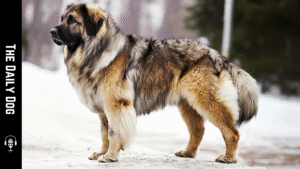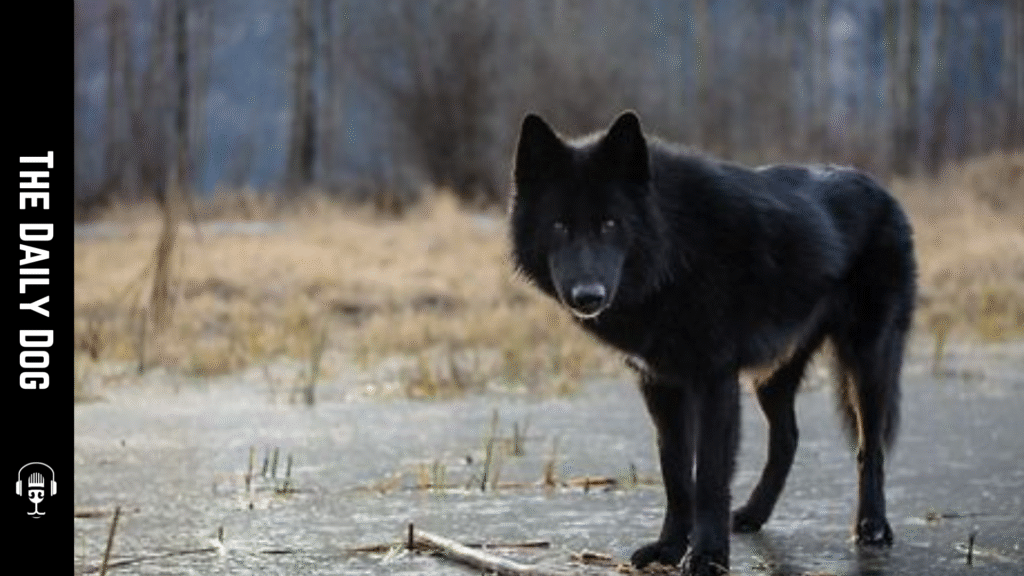The Alaskan Noble Companion Dog (ANCD) is a remarkable breed that embodies strength, intelligence, and loyalty. Originating from the rugged landscapes of Alaska, this breed has been carefully developed to serve as a dependable partner in various demanding roles, from working in harsh climates to becoming a cherished family member. With its striking appearance and adaptable nature, the Alaskan Noble Companion Dog is gaining recognition among dog enthusiasts worldwide.
Origins and History of the Alaskan Noble Companion Dog
The Alaskan Noble Companion Dog’s roots trace back to the early days of Alaskan exploration and settlement. As early pioneers navigated the challenging terrains of the North, they relied heavily on hardy, intelligent dogs capable of enduring extreme cold and tough conditions. These dogs were bred from a mix of indigenous Alaskan breeds, sled dogs, and other hardy canines, resulting in a resilient and versatile breed.
Over the years, breeders sought to enhance specific traits such as temperament, adaptability, and physical prowess. The goal was to create a dog that could serve multiple roles—be it a sled dog, a guard dog, or a loyal companion—while maintaining a friendly and manageable disposition. Today, the Alaskan Noble Companion Dog has emerged as a breed that exemplifies these qualities, cherished both for its working ability and its affectionate nature.
Physical Characteristics of the Alaskan Noble Companion Dog
One of the most striking features of the Alaskan Noble Companion Dog is its majestic appearance. This breed boasts a well-built, muscular frame that underscores its strength and endurance. Typically, they stand between 22 to 26 inches at the shoulder and weigh around 50 to 80 pounds, although variations can occur depending on individual genetics and lineage.
Their coat is dense and weather-resistant, designed to insulate against the freezing temperatures of their native environment. The fur can come in various colors, including black, gray, sable, and white, often with distinctive markings. The breed’s thick double coat requires regular grooming to prevent matting and to manage shedding, especially during seasonal changes.
The breed’s head is proportionate to its body, featuring expressive eyes that radiate intelligence and warmth. Ears are usually triangular and erect, enhancing their alertness. The tail is bushy and often carried high, adding to their regal appearance.
Temperament and Personality Traits
The Alaskan Noble Companion Dog is renowned for its balanced temperament. They are friendly, loyal, and highly trainable, making them excellent family pets and working dogs alike. Despite their formidable appearance, they are gentle with children and affectionate towards their families.
This breed is also known for its intelligence and eagerness to please, which makes training relatively straightforward when positive reinforcement techniques are used. They thrive on mental and physical stimulation and require regular exercise to keep them happy and healthy. Without sufficient activity, they can become bored and may develop undesirable behaviors.
While generally sociable, the Alaskan Noble Companion Dog can be territorial and protective, making them effective watchdogs. Early socialization and consistent training are vital to ensure they are well-behaved around strangers and other animals.
Adaptability and Working Abilities
Adaptability is a hallmark of the Alaskan Noble Companion Dog. They are well-suited for a variety of environments, from cold climates to urban settings, provided they receive adequate exercise and mental engagement. Their natural endurance and strength make them excellent sled dogs, search and rescue animals, and even therapy dogs.
In cold climates, their thick coat and hardy nature allow them to excel in outdoor activities. They can handle long hikes, snowshoeing, and other outdoor pursuits with ease. Conversely, in urban environments, they adapt well to structured routines and thrive with active families who enjoy outdoor adventures.
Their working abilities are impressive. Historically, they have participated in sled racing and pulling heavy loads, showcasing their stamina and strength. Modern roles include participating in agility, obedience competitions, and service work. Their intelligence and eagerness to learn make them versatile workers capable of excelling in multiple disciplines.
Care and Maintenance
Caring for an Alaskan Noble Companion Dog involves understanding their unique needs. Their dense coat demands regular grooming, at least two to three times a week, to remove loose hair and prevent mats. During shedding seasons in spring and fall, daily brushing may be necessary.
Exercise is crucial for this breed. They require at least an hour of vigorous activity daily, such as running, hiking, or playing fetch. Without adequate exercise, they may become bored and develop destructive behaviors.
Nutrition should be balanced and tailored to their age, size, and activity level. High-quality dog food that supports joint health and coat condition is recommended. Regular veterinary check-ups are essential to monitor their health and address any breed-specific concerns, such as hip dysplasia or skin sensitivities.
Socialization from a young age is vital to cultivate a well-rounded temperament. Exposing them to different people, animals, and environments will help minimize territorial instincts and promote friendly behavior.
Training Tips for the Alaskan Noble Companion Dog
Given their intelligence and eager-to-please nature, training the Alaskan Noble Companion Dog can be a rewarding experience. Consistency, patience, and positive reinforcement are key components of effective training.
Start socialization early, introducing your puppy to a variety of people, animals, and settings. This will help prevent fearfulness and build confidence. Use treats, praise, and play as rewards to motivate good behavior.
Obedience training should focus on basic commands such as sit, stay, come, and heel. Incorporate mental exercises like puzzle toys and obedience drills to stimulate their mind. Because they are active and intelligent, they can become bored quickly if not challenged, which may lead to misbehavior.
Leash training is essential, especially considering their energetic nature. They have a strong prey drive, so secure fencing and controlled outdoor activities are recommended.
The Ideal Home for an Alaskan Noble Companion Dog
The Alaskan Noble Companion Dog thrives in active households that can meet their physical and mental needs. They are best suited for homes with space to run and explore, such as houses with fenced yards. Apartment living is possible if owners are committed to providing sufficient exercise and mental stimulation.
This breed gets along well with children and other pets when properly socialized. They are affectionate and loyal, often forming strong bonds with their families. However, due to their protective instincts, early socialization is crucial to ensure they are friendly and approachable.
They are known to be resilient and adaptable, but they do best in climates similar to their native environment—cold and temperate regions. Owners should be prepared for regular grooming and healthcare needs associated with their thick coat.
Health Considerations and Lifespan
The Alaskan Noble Companion Dog is generally a healthy breed with a lifespan of around 12 to 15 years. Like many breeds, they can be prone to certain genetic health issues, such as hip dysplasia, elbow dysplasia, and certain skin conditions.
Regular veterinary check-ups, a nutritious diet, and maintaining a healthy weight are essential to ensure longevity and quality of life. Responsible breeding practices, including health screenings, can reduce the risk of inherited health problems.
Providing a stimulating environment, regular exercise, and proper grooming will contribute to their well-being. Early detection of health issues and prompt veterinary care are vital for maintaining their vitality and happiness.
The Alaskan Noble Companion Dog as a Loyal Partner
The Alaskan Noble Companion Dog embodies a unique blend of strength, intelligence, and affectionate nature. Their rugged origins and versatile abilities make them suitable for a variety of roles, from working in extreme environments to being loving family members. Their striking appearance, coupled with their loyal and friendly disposition, makes them a desirable choice for active and attentive owners.
If you are seeking a dog that combines resilience with companionship, the Alaskan Noble Companion Dog may be the perfect addition to your life. With proper care, training, and socialization, this breed can become a trusted partner and beloved member of your family for many years to come.
We offer a FREE Strategy Call.
Click on the graphic to learn more
Read More

The Ultimate Guide to House Training Your Puppy: Tips for Success









